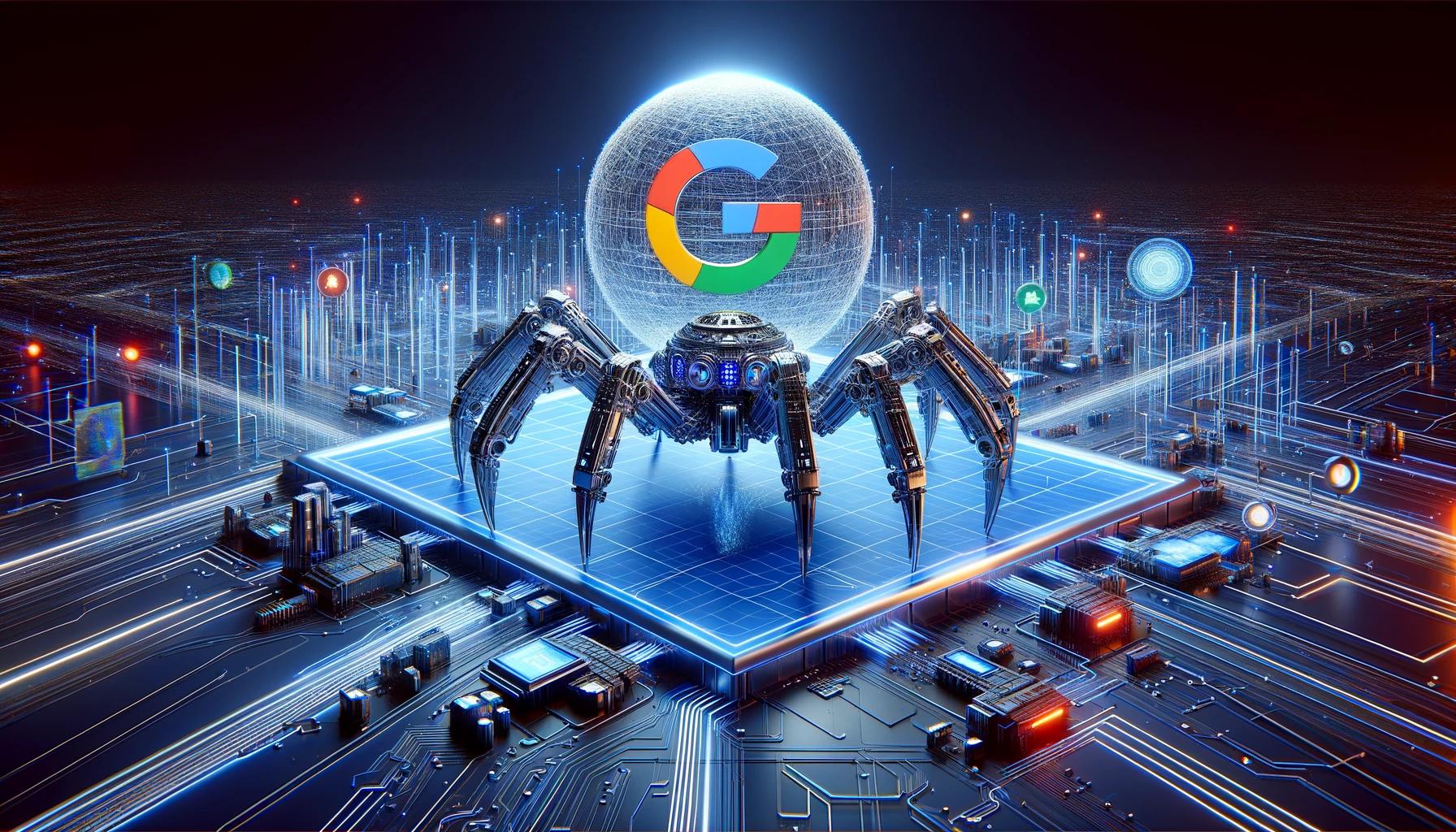
Google has already removed their recommendation to use canonical tags when republishing content with syndication partners. In their help document, under the syndicated content section, Google reveals that canonical link element is no longer recommended for avoiding content duplication since these pages’ content is “often very different.”
In the past, Google has recommended either using the canonical tag or asking your syndication partners to stop indexing your content by blocking them. However, this did not prevent syndicated content from outranking original or “canon” articles. This is because most syndication partners don’t even use canonical tags or simply ignore them.
The best course of action for those who wish to avoid duplicate content issues is to block indexing your syndicated pages with a robots.txt file and/or noindex meta tag. Doing so helps ensure your original article remains at the top of search engine rankings while preventing any potential losses due to duplication.
If you want to stop Google News from indexing syndicated versions of your content, your partners must add this robots meta tag to your articles:
<meta name=”Googlebot-News” content=”noindex”>
If you want to stop Googlebot, Google’s main user agent, from indexing your content, your partners must add this robots meta tag to your articles:
<meta name=”Googlebot” content=”noindex”>
The issue with this new best practice is that it still requires asking your syndication partners to put the metatag into your articles. This is the same problem with using canonical tags, as syndication partners may not always agree to add this tag to your articles.
Whether this is effective or not, you should always keep an eye on your search engine rankings so your original article stays at the top any time it is syndicated. This ensures maximum visibility and potential traffic.
More SEO News You Can Use
Google Exec Clarifies WebP Treatment When Indexing Content: Google Search Advocate John Mueller recently responded in a TechSEO forum discussion on Reddit to clarify why WebP images appear in the “Crawled – currently not indexed” report. Mueller explained that WebP images are not indexed as HTML pages but may appear in the report if a link looks like a webpage URL or the extension is unclear. He also said that he doesn’t believe the phenomenon is limited to WebP images. This means other image formats (JPEG, PNG, GIF) may also show up in the report. Google created the WebP image format to provide a higher-quality image with a smaller file size. Take note that not all browsers support Web images, so you may want to consider providing a fallback option of JPEG or PNG images. The <picture> element can be used to provide multiple image formats that can be served depending on the browser. SEO professionals and website owners can use this information to better understand why some photos do not appear to be indexed. Check out Search Engine Journal to dig deeper into this news.
Bing-Tied Brave Search Goes Bing-Free: Brave Search has announced its complete independence from third-party search engines, a remarkable milestone in 2021 after acquiring Tailcat’s search engine and development team. In their blog piece, the privacy-focused search engine introduced features like Discussion, Goggles and Summarizer to give users more control over the results they see. Now, 22 million queries are handled daily by Brave Search, relying only on its own index for all results, no longer connecting to Bing API. If you’re using the Brave browser, Brave recommends joining their Web Discovery Project to “grow the Brave Search Index.” The Web Discovery Project collects your search queries, search click results, page URLs you visited, the time you spent on each page, and even the metadata of those pages. This data will never be personally identifiable to you, meaning it can’t be linked back to its source despite deanonymization attempts. For now, Brave Search will not yet serve image and video results from the Brave Search Index since they’re still working on improving search quality. Brave also encourages its users to submit feedback about their experience of the new search engine if they encounter any problems using it. Going forward, Brave plans to launch an API offering developers and companies access and a version with ads and one without them. This significant milestone gives users more control over their searches than established popular search giants like Google.
Bing Chat Now Open to Everyone (Plus Tons of Features!): On May 3, Microsoft announced new Bing Chat features, growth figures, and the removal of the waitlist for its Co-Pilot feature. Updates include more visual answers with images, charts, and graphs; improved answer formats, including math formulas; uploading images and web search for related content; chat history; and plugins with third-party developer support. Microsoft also redesigned Edge for a more streamlined feel, rounded edges, and semi-transparent visual elements, just like the rest of the Windows ecosystem. A multi-session chat experience was also released (similar to ChatGPT), so you can resume your chat session on a specific topic without executing the same prompts repeatedly. This feature also includes “recents” and “saved” tabs which function exactly as they sound. This is leaps and bounds better than Google’s own Bard, which is still under beta release, with no signs of significant improvement in recent weeks. For a more detailed discussion of these features, click on this Search Engine Land article.
Google Introduces Real-Time Bidding Integrations: Starting October 31, 2023, Google Ads will cease responding to multiple calls in the auction process and instead adopt real-time bidding auctions for apps. This shift towards real-time bidding streamlines the media buying process, increases competition, and ensures better prices for app inventory. To make this transition smoother, Google Ads and Display, and Video 360 are expanding their real-time bidding integrations with external monetization platforms such as Unity LevelPlay, AppLovin, Digital Turbine FairBid, and Chartboost Mediation. According to Google, advertisers won’t need to alter their campaigns to benefit from this change. All they have to do is turn on Google Bidding through supported third-party platforms. This feature will also be available using Google’s Ad Manager and AdMob tools.
New Vulnerability Discovered on WordPress Plugin: With over one million installs, the popular WPCode – Insert Headers and Footers plugin was discovered to have a Cross-Site Request Forgery (CSRF) vulnerability that allows attackers to delete server files. The warning was posted on the US government’s National Vulnerability Database (NVD). This is the second vulnerability identified this year for WPCode – the first being the “Missing Authorization to Sensitive Key Disclosure/Update” vulnerability in February. The changelog for version 2.0.9 outlines security hardening for deleting logs – prompting users of the plugin to update their version. The most up-to-**** version of the plugin is 2.0.10, and we advise users to install it for improved security measures. To learn more about this vulnerability, you can read NVD’s report or go to this Search Engine Journal article.
Editor’s Note: “SEO News You Can Use” is a weekly blog post posted every Monday morning only on SEOblog.com, rounding up all the top SEO news from around the world. Our goal is to make SEOblog.com a one-stop-shop for everyone looking for SEO news, education and for hiring an SEO expert with our comprehensive SEO agency directory.



